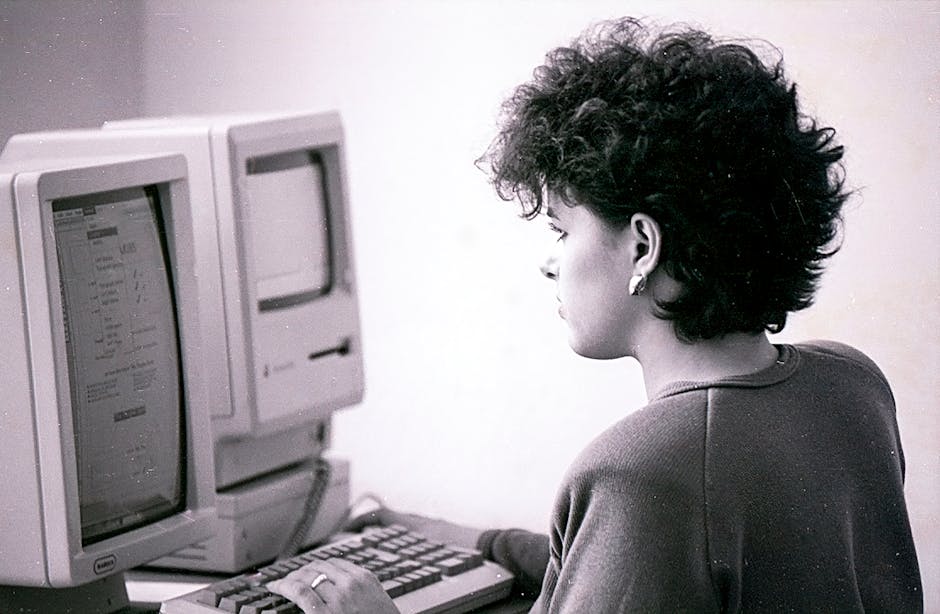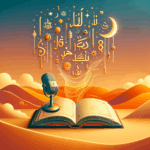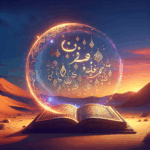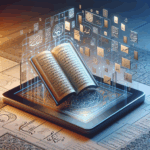The Arabic Alphabet and Its Importance in Historical Analysis
The Arabic alphabet is more than just a script; it’s a key to unlocking centuries of history, culture, and knowledge. Whether you’re a history buff, a linguist, or just curious about the world, understanding the Arabic alphabet can offer incredible insights into the past. In this blog post, we’ll dive into the history of the Arabic alphabet, explore its significance in historical analysis, and uncover the reasons why it remains so important today.
Table of Contents
1. Introduction to the Arabic Alphabet
2. The Evolution of the Arabic Script 📜
3. Importance in Historical Analysis 🔍
4. The Cultural and Linguistic Impact 🌍
5. Conclusion: Why It Matters Today
6. FAQs
Introduction to the Arabic Alphabet
For many, the Arabic alphabet can seem like a mysterious and complex script. However, once you start to unravel its intricacies, you’ll find a system that’s logical and incredibly rich in history. The Arabic alphabet consists of 28 letters and is written from right to left, offering a unique perspective quite different from Latin-based alphabets.
The Evolution of the Arabic Script 📜
The Arabic script has undergone significant evolution over the centuries. Its origins trace back to the Nabataean alphabet, which itself was derived from the Aramaic script. As the Arabic language spread across the Middle East and North Africa, so did the script, undergoing adaptations and refinements along the way. The development of calligraphy as an art form during the Islamic Golden Age further enhanced the beauty and diversity of the script.
Importance in Historical Analysis 🔍
Understanding the Arabic alphabet is crucial for historians and archaeologists alike. Many ancient texts, inscriptions, and manuscripts are written in Arabic, including religious, scientific, and literary works. These documents provide invaluable insights into historical events, cultural practices, and societal norms of the past. Without knowledge of the Arabic script, much of this information would remain inaccessible, leaving gaps in our understanding of history.
The Cultural and Linguistic Impact 🌍
The Arabic alphabet has had a profound cultural and linguistic impact across the globe. As Islam spread, so did the use of Arabic as a liturgical language, influencing other languages and scripts. Arabic loanwords are found in numerous languages, and the script itself is used in various forms by many non-Arabic languages, such as Persian, Urdu, and Pashto. This widespread influence highlights the script’s versatility and enduring legacy.
Conclusion: Why It Matters Today
In today’s interconnected world, understanding the Arabic alphabet is more important than ever. It not only helps bridge cultural gaps but also provides access to a vast repository of historical and contemporary knowledge. Whether you’re delving into ancient manuscripts or exploring modern literature, the Arabic script remains a vital tool for communication and understanding.
FAQs
Q1: Why is the Arabic alphabet written from right to left?
A1: The right-to-left orientation of the Arabic alphabet likely originated from the writing habits of earlier Semitic scripts, which also followed this direction.
Q2: How many languages use the Arabic script?
A2: Over 20 languages use the Arabic script in some form, including Persian, Pashto, Urdu, and Kurdish, among others.
Q3: What is the significance of Arabic calligraphy?
A3: Arabic calligraphy is highly regarded as both a form of artistic expression and a means of preserving the beauty and complexity of the Arabic language, especially in religious and cultural contexts.
Q4: Can learning the Arabic alphabet help in learning other languages?
A4: Yes, learning the Arabic alphabet can be beneficial if you’re interested in languages that use the Arabic script, as it provides a foundational understanding of their writing system.
Q5: Is the Arabic alphabet used in modern technology?
A5: Absolutely! The Arabic script is widely supported in digital platforms, enabling its use in modern communication, media, and technology.
Embarking on the journey to understand the Arabic alphabet is not just about learning a new script; it’s about connecting with a rich tapestry of history and culture. Whether you’re a scholar or simply curious, the Arabic alphabet opens doors to a world of knowledge waiting to be explored. 🌟






